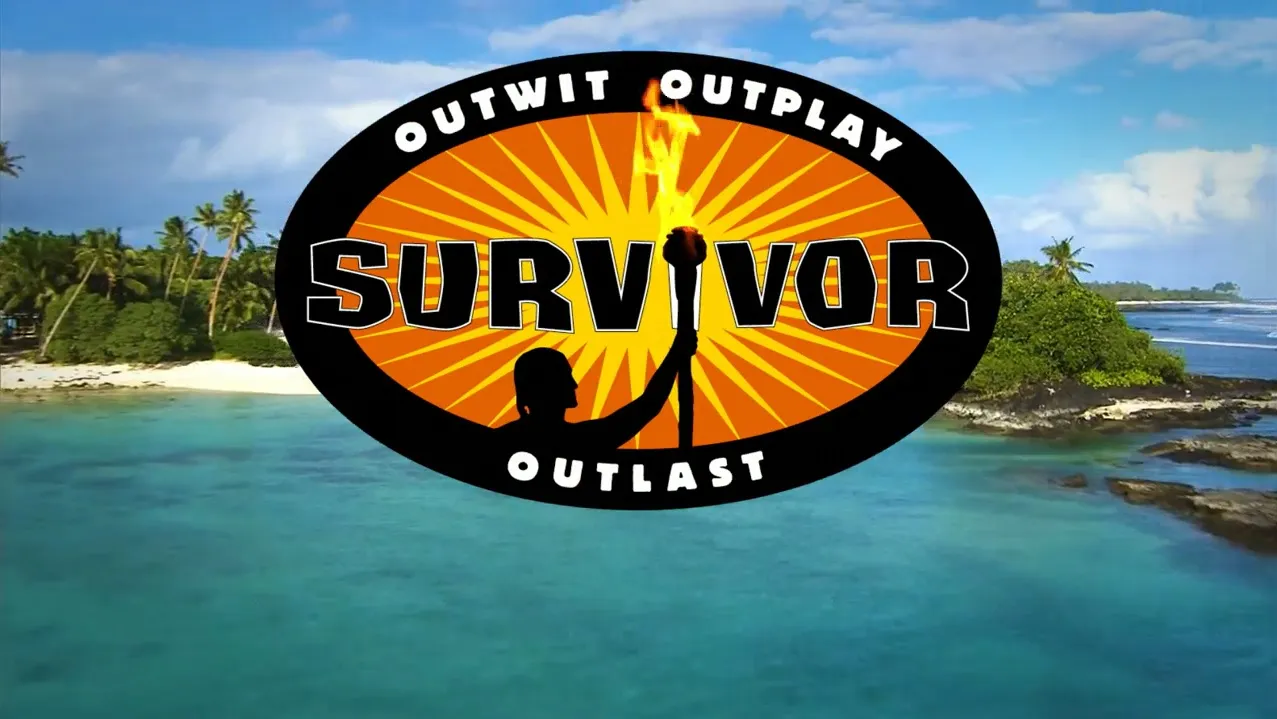
Managing a trade show and event program for a large corporation is no small feat. The responsibilities are vast, the stakes are high, and the opportunities for brand impact are immense. In this edition of One Thing, we dive into the advantages and challenges of being at the helm of a major corporation’s event management efforts. We had the privilege of speaking with Glenda Brungardt, retired Strategic Tradeshow/Event Manager for HP, who brings 33 years of experience in the event industry. Glenda is a wealth of knowledge, and we’re thrilled she sat down to talk shop with us — and even shared a few survival secrets!
Now, it’s important to note that Glenda’s experiences are specific to HP, and they might not reflect what everyone faces in a large corporation. However, her insights are a great benchmark. So, how does your corporate event team measure up? Read on to find out and see what you might be missing — or nailing!
Advantages

Managing events for a large corporation undoubtedly comes with its own set of unique perks. Imagine having the resources to bring your wildest event dreams to life, the brand recognition that opens doors effortlessly, and a team of talented professionals to collaborate with. It’s like being the captain of a well-equipped ship, navigating the seas of event management with a reliable crew and a solid compass. Here’s a closer look at the specific advantages:
- Not a One-Person Band: HP’s events team lived by the motto “No soldier left behind.” If someone had to stay late to work on something, someone else was always there with them until the task was done. It’s like having a built-in support group that understands your struggle when the coffee machine is broken at 2 a.m. This strong sense of team spirit made even the most challenging tasks manageable and added a personal touch to the corporate environment.
- Learning and Growth Opportunities: Managing events at a large corporation provides exposure to a wide array of industries and networking opportunities. Glenda noted that the scale of the events and the diverse range of stakeholders involved offer invaluable learning experiences and growth. And let’s face it, nothing says “I’m growing” like surviving another year without losing your sanity!
- Diverse Product Portfolio: One of the aspects Glenda loved most about her role was the breadth of products HP offered. This variety allowed her to work with different business units, keeping her role dynamic and engaging. It’s like a box of chocolates — only if each chocolate required a separate strategy and a 40-slide PowerPoint.
Check out how EDE helped Monster manage a 60×80 booth at NACS.
Challenges

- Complex Decision-Making Processes: In a large corporation, decision-making often involves multiple layers of approval and numerous stakeholders. Glenda mentioned that navigating these complex processes can be time-consuming and may sometimes delay the implementation of innovative ideas. Imagine playing a game of “Telephone” where each person adds a new requirement — fun, right?
- Maintaining Brand Consistency: HP’s 600-page brand guideline was both a tool and a constraint. While it ensured brand consistency, it sometimes limited creativity and flexibility. Glenda learned to balance this by focusing on the experience they wanted to create, sometimes finding ways to step outside the box while staying true to the brand. It’s like coloring within the lines — but with just a bit of rebellious crayon-scribbling on the side.
- Logistical Complexity: Large-scale events come with their own set of logistical challenges. Coordinating multiple vendors, managing large teams, and ensuring seamless execution across various locations require meticulous planning and attention to detail. Being prepared to handle last-minute changes and unforeseen issues swiftly is crucial for success. Remember that game of Whac-A-Mole? Yeah, it’s kind of like that.
- Managing Resources and Budget: Contrary to popular belief, large corporations don’t have unlimited budgets. Glenda had to become adept at stretching budgets and convincing multiple stakeholders about the necessity of certain expenditures. She often had to spread what some smaller companies spent on one or two shows across 20, requiring creativity and strategic planning. Think of it as a high-stakes game of Tetris, but with money.

Survival Tips from Glenda Brungardt

- Find a System That Works for You: For some, that might be checklists. For Glenda, it was keeping an organized Outlook. She had the same set of folders for every show, so she always knew where things were, creating a replicable system for each event. If Outlook were a person, Glenda would have probably named it and sent it Christmas cards.
- Define the Final Decision Makers: In a large company, everyone wants their product showcased. Glenda emphasized the importance of defining decision-makers and ensuring each product aligns with the event’s narrative and storyline. Because there’s only so much space, and not every product can be the prom queen.
- Engage Your Vendors Early: If you own a work stream, own the responsibility of making sure your vendors are involved from the start. Their perspectives and expertise are invaluable. Keep open lines of communication to ensure seamless collaboration. After all, teamwork makes the dream work — or at least makes it slightly less nightmarish.
- Strive for Continuous Improvement: After every event, HP asked three critical questions: What worked well? What didn’t work well? How can we improve for next time? This practice of reflection and adjustment is key to evolving and improving event programs. Because perfection is a journey, not a destination. And the journey usually involves a few “facepalm” moments.

5. Share Information with Industry Peers: A rising tide lifts all boats. Sharing insights and information with industry peers can lead to better practices across the board. Plus, it’s always nice to have someone who understands why “load-in” can sometimes feel like the beginning of a disaster movie.
6. Be Open to Feedback: You don’t know everything. Be willing to listen to others’ feedback. There’s always a better way to do something, so listen to people who can help solve problems. You don’t have to do it all yourself — unless you’ve figured out how to clone yourself, in which case, let us know.
7. Build Trusting Relationships: Build a team of internal partners and external vendors that you trust. Rely on them to get the work done, and make sure to foster these relationships for smoother collaborations. Trust is the glue that holds everything together — just like duct tape, but with fewer sticky situations.
Biggest Evolution in HP’s Program

Knocking down silos that naturally develop in large companies was one of the most significant evolutions Glenda witnessed. At one point, HP had over 2,000 vendor partners, which was not efficient. Centralizing vendor management allowed for economies of scale and more cohesive event execution. It’s amazing what a little organization can do — like reducing vendor numbers by the thousands! Procurement will thank you for it.
Click to see how EDE helped Fortna evolve its trade show presence at ProMat.

Misconceptions about Large Corporations’ Event Teams

A common misconception is that large corporations have unlimited resources and budgets. In reality, there is greater scrutiny in allocating resources and budget. Event managers must be strategic and learn to spread resources efficiently. Turns out, the “corporate gravy train” is more of a careful balancing act than a free-for-all.
The Takeaway
Working as an event manager for a large corporation offers a unique blend of opportunities and challenges. Glenda Brungardt’s insights highlight that the role demands creativity, strategic thinking, and exceptional organizational skills. By leveraging the advantages and navigating the complexities, event managers can create powerful brand experiences that resonate with audiences and drive business success. The key is to remain adaptable, collaborate effectively, and continuously seek innovative ways to elevate the corporate event experience.


